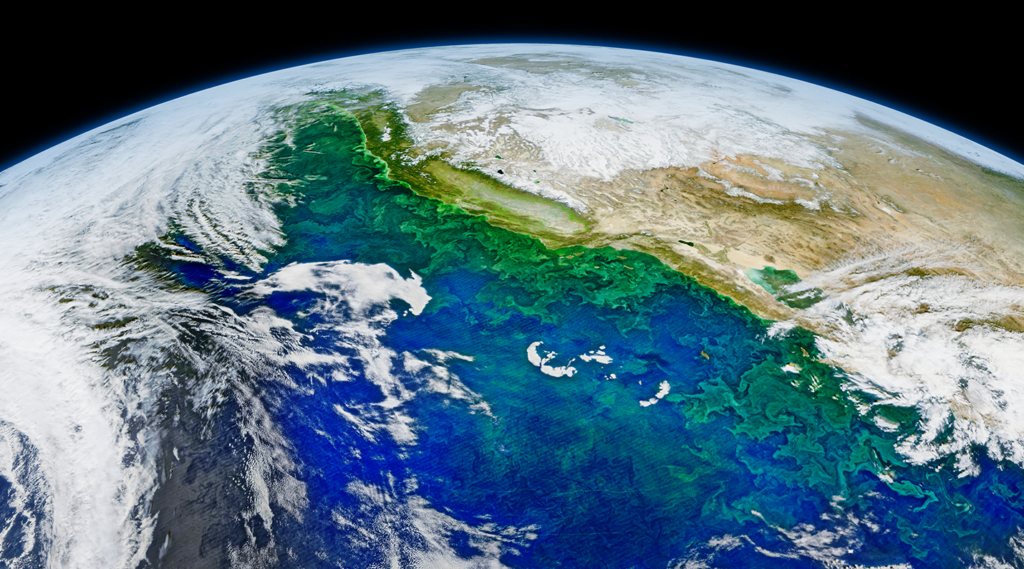A new study has once again come out with the finding that the world is expected to see more extreme weathers in the coming years due to climate change. More rainfall, more evaporation of water will complicate reservoir management and irrigation of crops thereby affecting lives and livelihood. The study was led by Clemson University researcher whose latest work has been published in the journal ‘Nature Communications’.
Ashok Mishra, who is the corresponding author of the article, said that the new study examined the magnitude and variability of precipitation and evaporation and how much water will be available during the wettest and driest months of the year.
Most of the Eastern United States, including all of South Carolina has high precipitation. The greatest concern for these regions will be more flooding.
The regions where climate change will be seen having the greatest impact are the areas that gets lashed during rainy season with floods and draught during dry seasons, said Mishra. This includes India and its neighbors to the east, like Bangladesh and Myanmar, along with an inland swath of Brazil, parts of east-west across Africa, and northern Australia.
“The regions which already have more draught and flooding relative to other regions will further see an increase in these events,” Mishra said. “The availability of the resources is an issue. We need to take optimum precautions to optimally use how much water we have. As the climate changes and population increases, we should be preparing for the future by improving the technology to efficiently use water for crops,” he said.
The researchers had divided the the entire world into 9 regions for their study and analyzed their annual precipitation data from 1971 to 2000.

